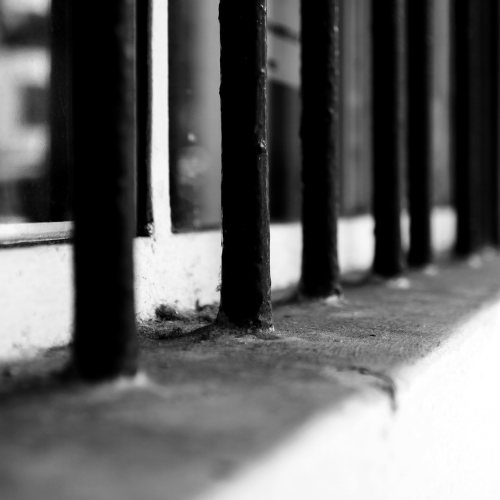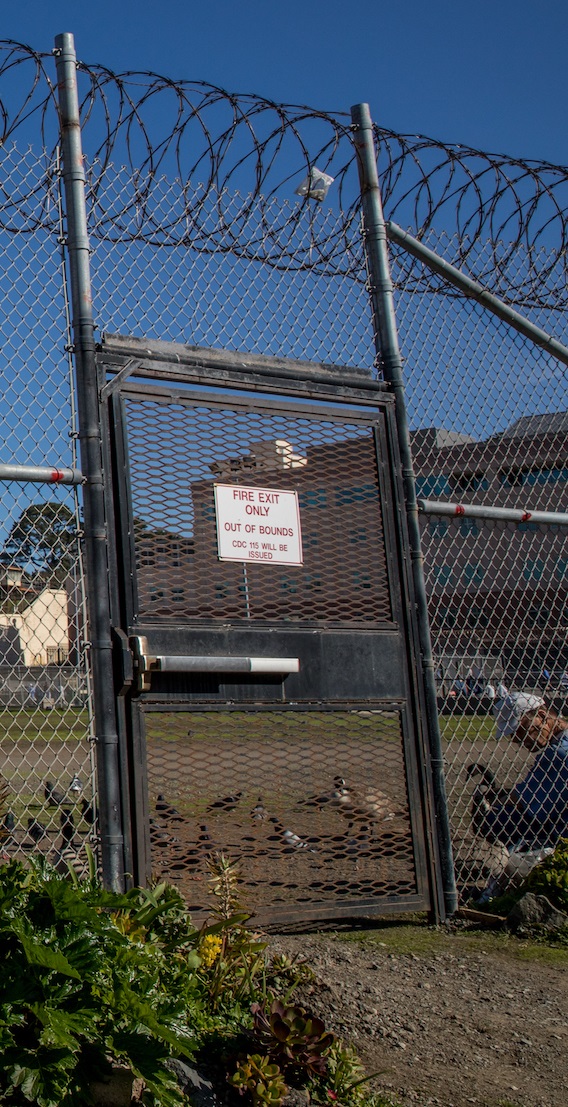
Inmates Face Aftermath of Toxic Flood in Florida Jail
By Cassandra BrandtLittle over a week ago in Florida, hundreds of people (some 315 homes) were evacuated after a leak at Piney Point wastewater reservoir near Tampa. A local jail was also threatened by flooding with toxic water, yet it was only partially evacuated.
Most of Manatee County Jail’s prisoners (700+) were crowded upstairs, left behind to face the phosphorus.
Officials said the jail was prepared if the plant was breached, but an emergency petition filed by the ACLU Tuesday argued for the release or relocation of inmates, as only a couple hundred “low risk” inmates had been approved for transfer. Evacuation orders for the area have since been lifted, however.
ACLU officials pointed to overcrowding and the risk of detainees and staff becoming trapped on upper levels, and argued that keeping individuals in custody during an emergency, especially an evacuation situation, is unconstitutional under the Eighth and Fourteenth Amendments. They pointed out that many inmates were in custody pre-trial or just owed monetary bail.
Regardless of their reasons for detainment, it seems in society there is a notion that incarcerated lives are disposable. In instances of emergency millions of people in prisons and jails are often “forgotten”.

For this reason prisoners have proven to be a particularly vulnerable population in periods of peril. The pandemic is a recent and vivid illustration. Covid-19 spread like wildfire in US jails and prisons and people behind bars began getting sicker and dying at much faster rates than people on the street. And consider the state of jails that didn’t evacuate during the blizzard that terrorized Texas.
It’s hurricane season that really highlights the outrageous injustice of failing to protect people placed under a prison’s care.
Dozens of hurricanes have hit the US in recent years and prisons often must endure shortages of food, lack of potable water, loss of electrical service and backed-up sewage systems.
It’s easy to recall Hurricane Katrina in 2005, in which inmates waded through water for days without food, drinking water, or ventilation and over 500 people were left unaccounted for.
During 2008’s Hurricane Ike, the Galveston sheriff decided a mandatory evacuation order didn’t apply to 1,000 prisoners who were left to endure the storm in a single-story jail. The hurricane ripped air conditioning units off the jail’s roof, opening large holes and water poured in. Medical treatment was unavailable for weeks. Diabetics went without insulin; no antibiotics were available. They drank contaminated water tricking from the taps. Weeks after the storm, two portable toilet units were brought in for almost 300 men.
For days during Hurricane Rita inmates were locked in their cells without food and only dirty water to drink. In 100-degree temperatures they had no ventilation and they couldn’t shower, causing black bold to break out.
2017 was a bad hurricane season. Hurricane Harvey hit the Gulf Coast. Prisoners were not evacuated from either the federal prison or three Texas prisons in the heavily flooded city of Beaumont. Thousands of incarcerated men endured flooding while water was cut off and sewage backed up, causing a severe sanitation catastrophe.
When 2019’s Hurricane Michael hit the Panhandle, affecting 20+ prisons, the Florida Department of Corrections said that in addition to tens of millions of dollars in damage to facilities, the storm forced the relocation of 5,000 inmates to facilities across the state. Not all prisons were evacuated though. Apalachee Correctional Institution in Jacksonville was not evacuated. Officials said the facility was safe, despite it being in the storm’s path, but satellite imagery showed that there was extensive building damage including collapsed roofs.
Why don’t protocols for correctional facilities during national emergencies exist? And how many dangerous disasters must put this population at risk before they do?
Lacking legislation in place to protect prisoners, their safety is left to the whims of elected or correctional officials and policymakers who aren’t really concerned with inmate lives.

Photo: RJ Lozada (adapted)
Cassandra Brandt is a single mom from rural Arizona. A former traveling tradeswoman, she now lives with quadriplegia and writes and advocates full time.
